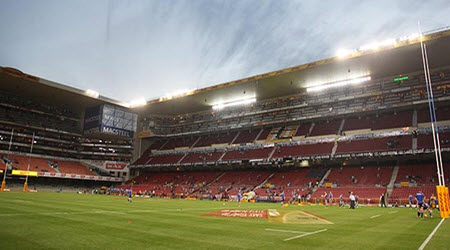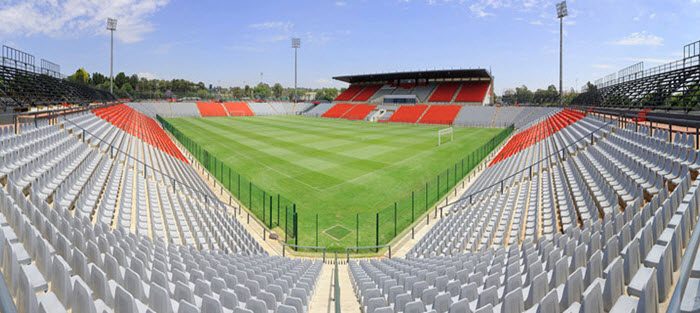
Situated in the suburb of Rosettenville, Johannesburg, Gauteng, South Africa, The Rand Stadium was one of the stadiums selected to be utilised during the 2010 FIFA World Cup. It was to be used as one of the training fields available to participating teams and therefore instead of just upgrading it, it was completely rebuilt and in August 2008 reopened. Even though the stadium has a smaller capacity, it remains one of the best playing surfaces in South Africa.
Rand Stadium is owned by the City of Johannesburg and operated by SMSA the Stadium Management SA team. It features a grass surface and has a 30,000 capacity. The constructions cost of the 2009 refurbishment came to R76 million.
Rand Stadium History
Constructed started in 1949, and the stadium was completed by 1951, with a capacity of 15,000 the Rand Stadium was built at a cost of £60,000. Several renovations took place with extensive work done to the stadium in 1094 and again in 1965, while the facilities added also included the floodlighting installation in 1976.
The stadium required serious renovation and improvements, and by 2006 it was decided that it would be better to completely demolish the stadium and to rebuild an entirely new Rand Stadium to be managed by SMSA the re-building included several improvements as well as making it an all-seater stadium, although for heritage purposes the scoreboard remained. The rebuilt stadium still offered a 15,000 capacity, which was the same as the original.
The original capacity was a problem once the Rand Stadium was selected as one of the training grounds for the 2010 FIFA world cup and in 2009 the stadium again received a major revamp, while it was also extended to accommodate at least 30,000 world cup fans. The upgrade included under the roof covering for 3,000 fans and the old scoreboard once again remained in place even though the rest of the stadium enjoyed a major revamp at a cost of R76 million.
Rand Stadium Usage After 2010 FIFA World Cup
The Rand Stadium is one of the stadiums most used for football. It has been used for several cup finals, including the 1975 Champions final played between Kaizer Chiefs and the as well now Bidvest Wits knew as the Wits University, which also won the 1978 Mainstay Cup final, again played out against Kaizer. The Rand Stadium was also once the home ground of Highlands Park team.
Just before the temporary closing down for the revamp and renovations needed in 2009 the Rand Stadium hosted the Nedbank Cup Final in 2009, played between the University of Pretoria and the Moroka Swallows.
During the season of 2010-11, it became the home to local teams such as the Kaizer Chiefs and PSL team, although the issues with the infrastructure and the very low attendance rates resulted in the teams moving to the FNB Stadium also located in Johannesburg, Gauteng.
In 1987 the Rand Stadium hosted the boxing fight between Mike Weaver and Johnny du Plooy and in 1993 the fight between Romeo Anaya and Arnold Taylor, both high profile boxing events.
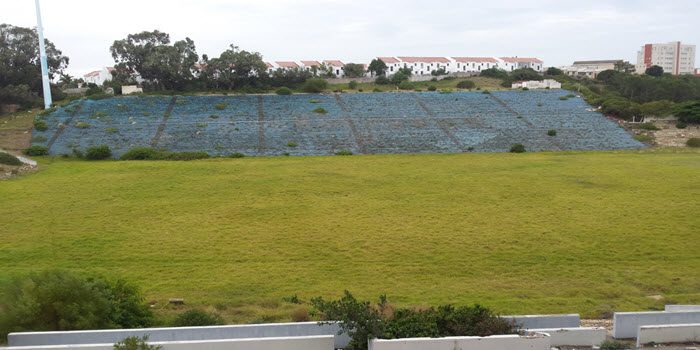
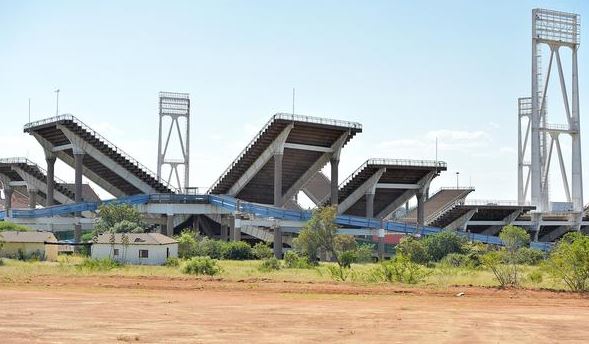
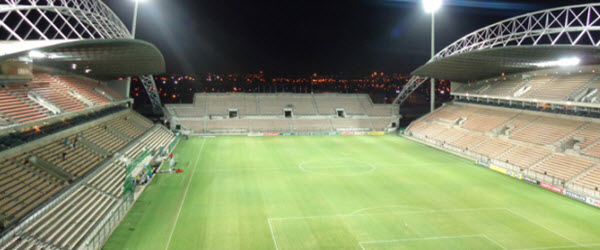

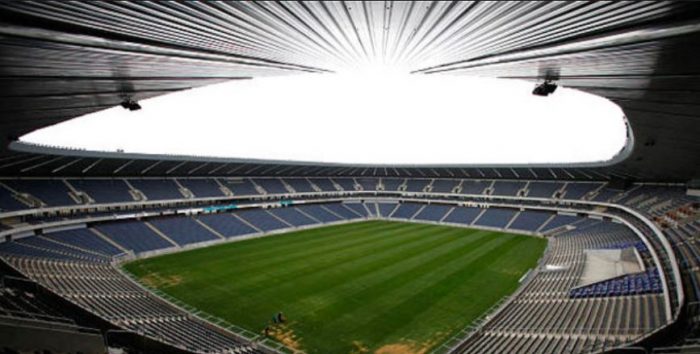
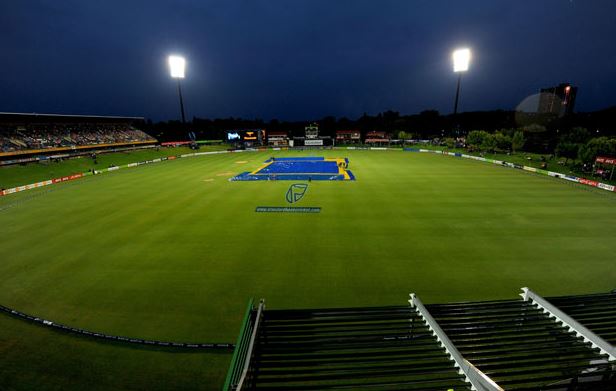
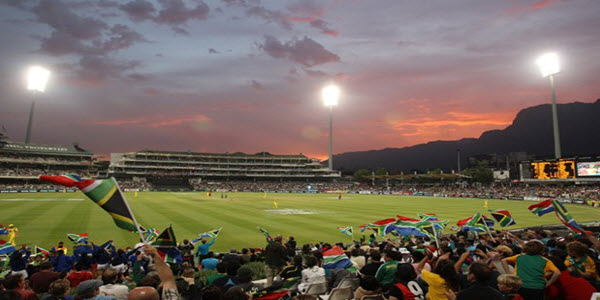 he Cricketer Magazine published a worldwide survey of the best cricket grounds around the world in which 40 cricket experts agreed that the Sahara Park Newland in South Africa was second only to the Lords in London. For the Western Province Cricket Association, this was a hugely important endorsement and it holds special meaning for South African cricket and all Capetonians.
he Cricketer Magazine published a worldwide survey of the best cricket grounds around the world in which 40 cricket experts agreed that the Sahara Park Newland in South Africa was second only to the Lords in London. For the Western Province Cricket Association, this was a hugely important endorsement and it holds special meaning for South African cricket and all Capetonians.